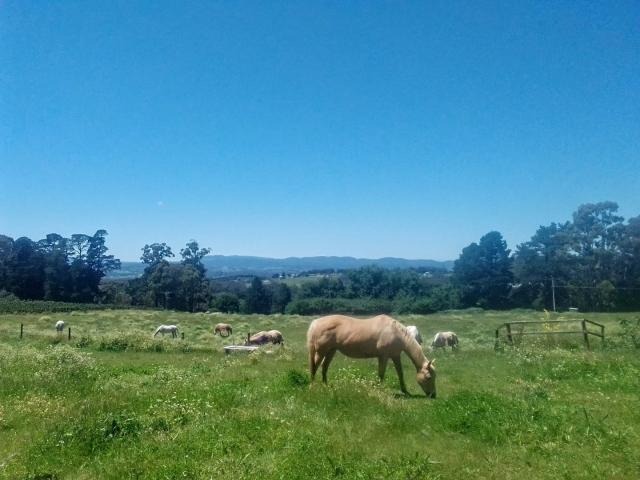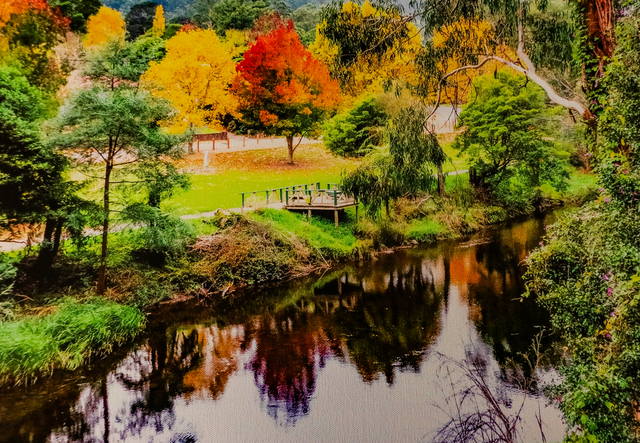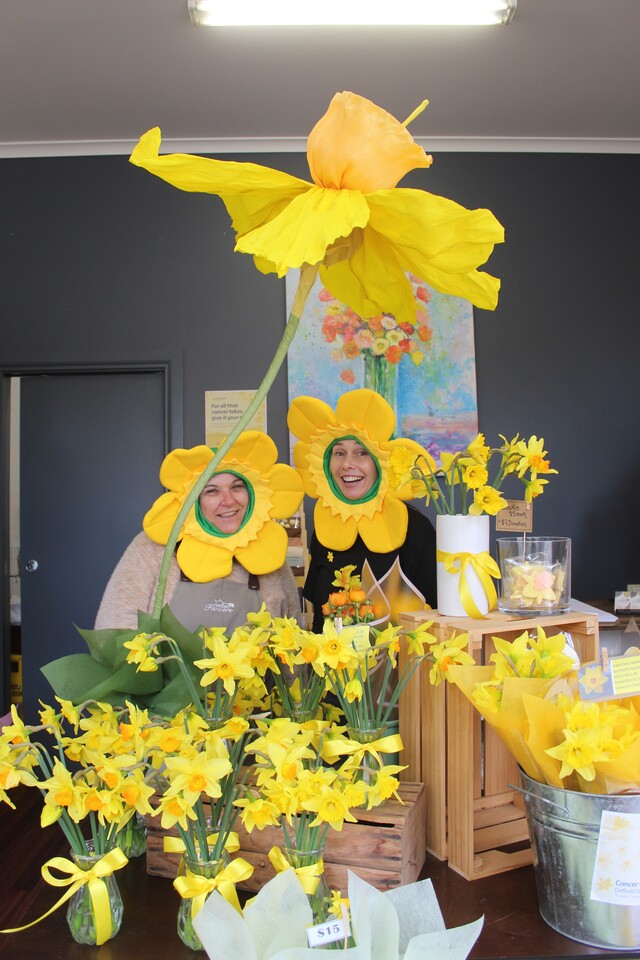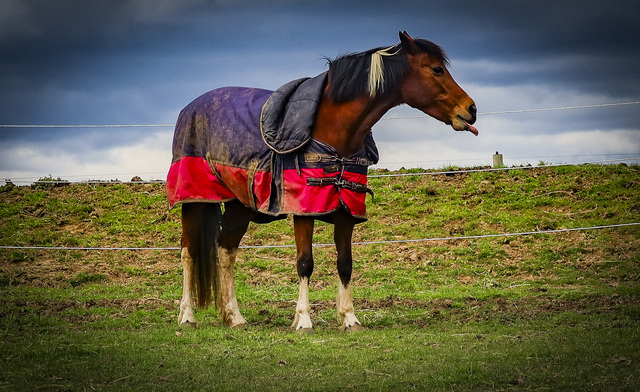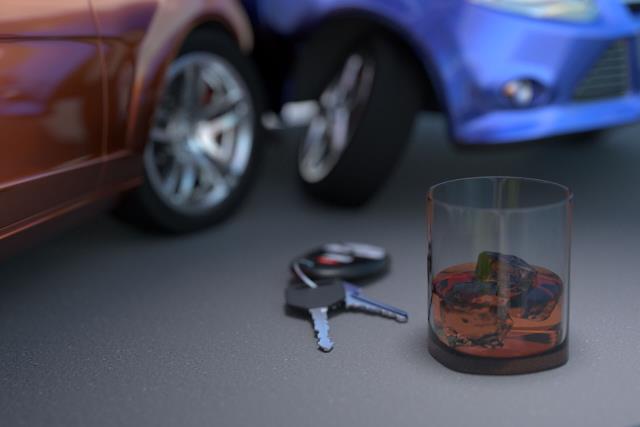This time of year is crucial to keep those founder-prone under control, the following article from RSPCA highlights some of the issues.
Laminitis (also termed founder) is inflammation of the laminae of the foot – the soft tissue structures that attach the coffin or pedal bone of the foot to the hoof wall.
The inflammation and damage to the laminae causes extreme pain and leads to instability of the coffin bone in the hoof.
In more severe cases it can lead to complete separation of and rotation of the pedal bone within the hoof wall.
Initial (acute) symptoms
Although all four feet can be affected, the forelimbs are more frequently and more severely affected than the hindlimbs
Affected horses are reluctant to move and adopt a ‘sawhorse’ stance where they rock their weight back off the more badly affected forelimbs
Laminitic horses will often lie down
It will be difficult for you to pick up one forelimb due to the severe pain of the other supporting forelimb
The hoof wall and coronary band (the soft tissue around the top of the hoof) are often warm to touch
There is often pain on application of hoof testers (a tool your vet or farrier uses to assess hoof pain) – particularly over the toe area
Digital pulses are strong and rapid (the digital pulse is found at the back of your horse’s fetlock). If you are uncertain how to check this, ask your vet to demonstrate.
Chronic symptoms
These are found in cases where the inflammation has existed for some time and structural changes are now evident:
There are laminitic “rings” on the surface of affected hooves which correspond to previous episodes of laminitis
The hoof wall takes on a dish/slipper shape with long toes
Where the pedal bone has rotated in the hoof, there is a bulge in the sole corresponding to the rotated bone
The horse has restricted movement in its front legs and will tend to place more weight on its back legs, often described as a ‘laminitic stance’.
Causes
Over-feeding fat ponies is a very common cause, particularly during the spring months after recent rain. The soluble carbohydrate content increases in grasses and clovers after rain. When ingested, this causes metabolic changes that result in altered blood flow to the laminae of the foot.
Other causes include:
Over-feeding grain or grain engorgement when a horse gets into a feed shed/bin
Retained placenta in post-foaling mares
Septicaemic conditions
Obesity (a common predisposing factor in laminitic ponies)
Lameness which prevents weight bearing in one leg leading to laminitis in another supporting limb
Trauma resulting from excess work in unshod horses on hard ground, or from over-enthusiastic hoof trimming
Risk Group
Fat ponies and their cross-breeds are most predisposed to laminitis. However, any horse suffering a condition mentioned above may also be affected.
Horses which show signs of previous episodes of laminitis (e.g. hoof rings or slipper-shaped feet) are predisposed to future episodes because they have fewer healthy laminae remaining to support the pedal bone.
Spring is when most episodes of laminitis due to over-feeding occur.
Diagnosis
If you suspect your horse has laminitis, seek veterinary attention immediately.

